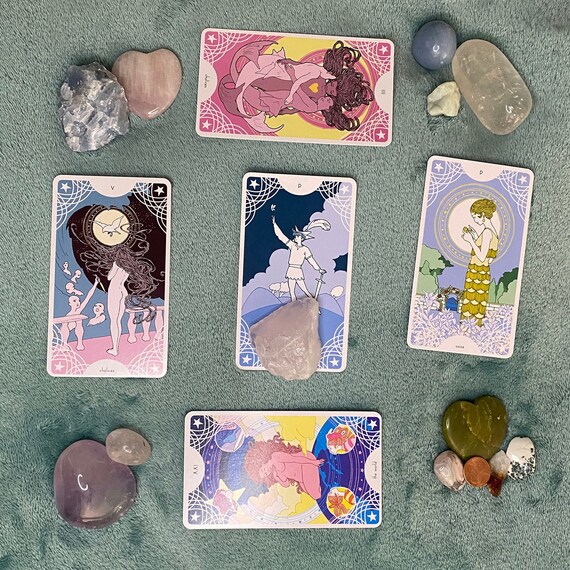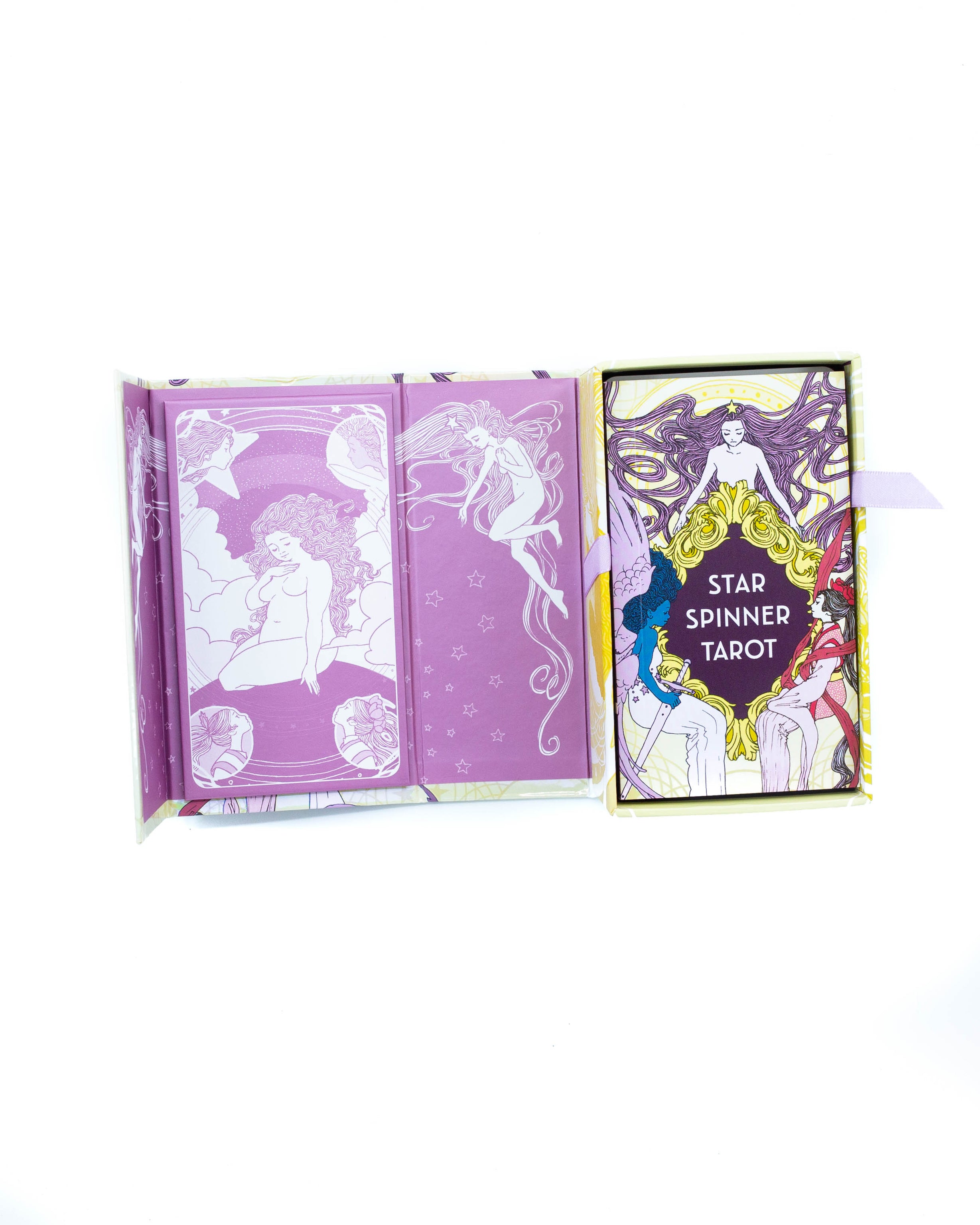


You’ll know when this happens, because they’ll give you strange answers. Your cards may get annoyed and the spirits might get frustrated at you, which will mean inaccurate results. (For example, ask, “What will the exam be like?” Don’t ask, “Will I pass the exam?”) Only ask a question once during the daily pull. For a regular daily tarot pull, you’ll get more accurate answers if you ask a question that can be answered by the meaning of the card. Tarot can answer “yes” or “no” questions, but getting such concise, definitive answers requires deep dives into the symbolism of the cards. Ask open-ended questions that the cards can answer and explain. Think of a question you want answered for the day. Center and ground your energy to be present for the tarot reveal. Ask your spirit guides to give you light, wisdom, clarity and the truth that you seek from the tarot pull. An invocation is a great way to set the tone of the tarot reading. If you're doing a reading about a relationship, for example, and you draw the Death card, it could mean the "death" of an argument, a certain set of circumstances, or a phase in you and your partner's life.Light a white candle to call in the spirits who can help you to heighten your intuition.

The Death card, for instance, is often used in movies and television shows to allude to literal death, but that's often not the case in real life.

Whatever you do, though, don't look into cards too literally. Alternatively, some people shuffle their tarot cards while thinking about they're question until one "jumps" or falls out to answer them. There are certain spreads for love, career, family, and even full-life readings, wherein the position of each card within the spread contains its own significance (i.e., a certain position might indicate the current situation, another person's feelings toward you, what the likely outcome is, etc.). Most tarot card decks come with little instruction booklets that give the meaning of each card along with suggestions on how to read them. There are many ways of reading tarot cards. Tarot readers shuffle the cards and draw one or several, and are able to discern a message about the future through the resulting spread. Tarot reading itself is a means of divination, or fortune-telling, in which each card symbolizes a certain idea or theme. Tarot cards can be traced back to at least the late 14th century, but it's unknown where, exactly, they came from or who invented the practice.


 0 kommentar(er)
0 kommentar(er)
